The other Sunday, at RFA's Vet ladies' practice, we were trading notes on minor injuries. Emergent themes: how to assure the doctor/nurse they don't need to call protective services; how to tell a skin bruise from a bone bruise (ick); and (as a logical segue) various ways to reinforce or supplement one's gear to avoid the prior issues.
Face it, fencing uniforms are designed to avoid grievous bodily harm (Punctures. Death.) They do a pretty shoddy job of protecting skin and bones, particularly older skin and bones, from significant, even debilitating, trauma.
Hence this post, the first in a series exploring various ways Vets are modding their uniforms to preserve their own functionality as long as possible. Part 1 will share a round-up of ideas currently in use by Allison, me or our club mates, as well as some examples I've collected at NACs over the years. Part 2 will be a deep dive into the "extreme armor" created by a former RFA fencer. With your assistance, Part 3 will consist of your examples, contributed via comments on these posts, or on the Vet Women's Fbook group. Please share!
Let's start with gloves: actual fencing gear with extra features or deployed in non-standard ways.
Here's an example of the first: two fencing gloves that offer extra protection on the knuckles.
While these glove provide some added protection, they are not fool-proof. I was hit between the fingers when wearing an Octane, and the impact split open the skin (requiring 5 stitches.)
Then there is the question of protecting the back hand, particularly if one has a tendency to, shall we say, put it at risk. Here's a picture I took many years back at Baltimore Fencing Club (now defunct). This fencer is "covering her bases" (as it were) by wearing a glove on her back hand, as well as keeping said hand firmly shoved into her breech's pocket.
On to legs. Before I met Joe Deucher, I did not realize that fencing knickers came in a full-length option. (Not to mention cool colors.)
Joe's knickers (rated 350N) were manufactured by Triplette. I can see where a layer of competition-grade padding over the sock would help at least a bit.
I briefly experimented with a roller-blading knee-guard ton my lead leg. Too bulky to fit under my knickers but certainly valid for practice. It might be competition-legal if you covered it with a sleeve (for example a sock or stocking with the foot cut off).
Turns out there are a lot of potentially useful padded undergirding manufactured for other sports. See, for example "Nike Contact Support Forearm Shivers"
And, from the realm of motorsports, the "Alpinestars Nucleon Flex Pro Shoulder Protectors"
After getting popped right on the head of the shoulder joint recently, with two weeks of resulting soreness, this might the extra piece of armor I try next.
Alpinestars also makes hip protectors--I am wondering if I could position one over the front of the hip bone--another massively painful place to get hit--perhaps nested in a pocket sewn into my knickers, or into the compression shorts I wear under my uniform.
That's what we have so far, in the club and in our notes. Stand by for the second installment of this series (a.k.a "how to channel your inner Michelin Man") and please do send us pictures and descriptions of your own additional armor. You can leave comments on this blog, or on the corresponding post on the USFA Women's Veterans Fencing group in Facebook.
Be well, and stay unbroken.
Badger
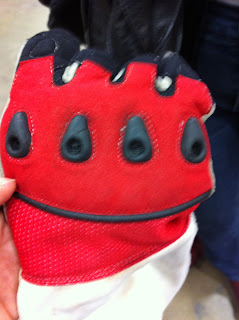

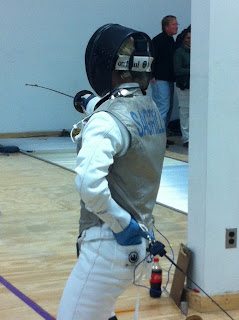
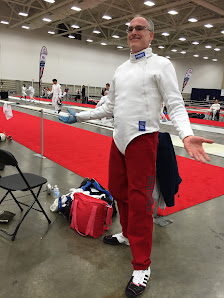




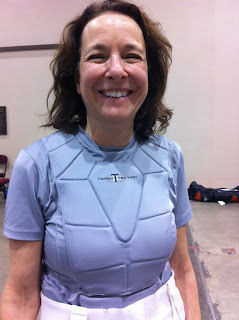

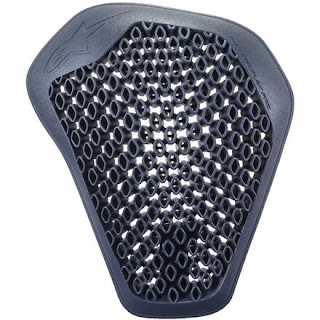

No comments:
Post a Comment